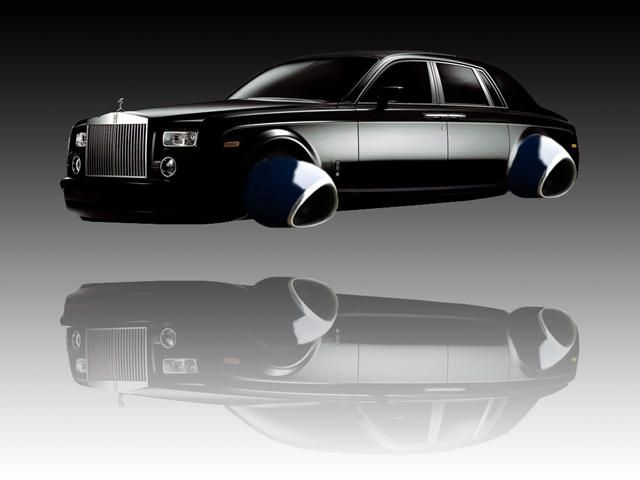I looked at my calendar the other day and noticed we're less than four years away from 2015. Not that 2015 is of the most extreme importance, as it can't compete with the 2012 Mayan prophecy, but it is significant for myself and many others. According to Back to the Future Part II, in 2015 we should have the following: flying cars, Mr. Fusion, hoverboards, computer-run cafes with Ronald Reagan and the Ayatollah Khomeini serving us Pepsis, and the ability to pay for anything with a simple thumbprint on tablet device.
That was pretty creative stuff from the film's producers back in the late 80s. However, their vision of what the early 21st century would look like is not exactly what we're currently witnessing. In other words, it's highly doubtful we'll be able to add a hover conversion to our cars in time for this fictional future deadline. Why? A few reasons, some of which include: Our elected leaders, who are too busy arguing over ideologies and aren't helping to inspire innovation, special interest groups who only care about their, uh, interests, and a younger generation that's caring less about the automobile because they're too busy texting LOLs and OMGs on their smart phones.
Their only concern is if their future car will support Windows without any bugs. And I feel sort of let down by this. Is it too much to ask to even try making a car fly? And no, I'm not referring to those half-assed idiotic-looking car-planes that some hi-tech sellout financed on their own. Really, if you're going to have a flying car, you've got to look good in one. But instead of making that fictional 2015 come alive in any way, we've been occupied with increasing CAFE standards, strict safety regulations, and a never-ending focus on what the public really wants in a family sedan.
Ok, so maybe asking for the development of an automotive hover conversion instead of making cars safer and more efficient isn't the most logical thing to ask for, but the point is that engineers and their automaker employers are entirely focused on boring and unexciting goals. There was a time when it was cool and expected to create cars to be completely insane and even impractical, specifically in the 1950s with those classic tailfins and heavy doses of chrome. With such shows like the now-defunct GM Motorama, the imaginations of engineers and designers were given the chance to actually be used in a way that inspired everyone to think beyond what the automobile could do.
Just look at the Pontiac Firebird I, II, and III concepts, for example. Each one looked like a rocket just waiting to take off from your driveway. Flying cars seemed to be inevitable. Now look at the concepts we see today at car shows. Some really do look fantastic, but none capture that spirit from post-World War II America. There are still many impressive current and developing technologies today, such as advancements in transmissions, interior and exterior design, and lightweight materials like carbon fiber. But the spirit for going above and beyond the seemingly impossible appears to have dissipated.
We've had a solid history of accomplishments that were once laughable bedtime stories. If we can manage to put men on the moon, build and operate a couple of space stations, and are now preparing to travel to Mars, then it would only make sense for an advanced civilization to have workable flying cars. As it stands now, it's highly unlikely we'll be cruising the "skyways" within four or even 30 years. There was once a time when this seemed possible, but we'll just have to stick to cutting fuel consumption. Though I'm still holding out hope for that hoverboard.

